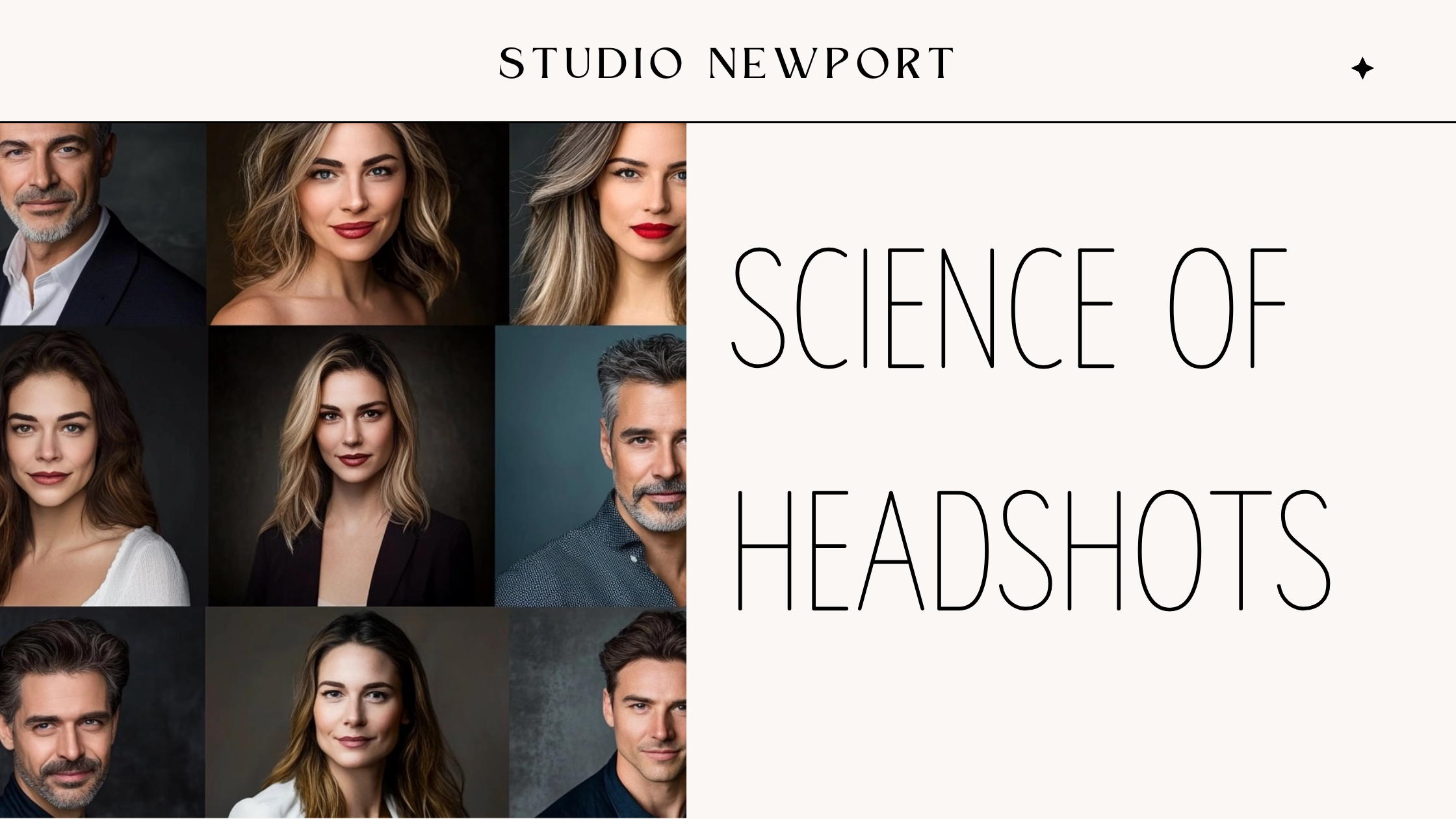Do professional headshots make a difference? The science says ABSOLUTELY!
Research has shown that the human brain processes images much faster than text. We also retain photographs longer, so that impression you make will last. In fact, it takes only a tenth of a second (100 milliseconds) to form an impression of a stranger from their face, according to study by Princeton psychologists
A professional headshot on LinkedIn significantly enhances your profile’s visibility and engagement. Profiles with photos receive up to 21 times more views and nine times more connection requests than those without.
Additionally, users with professional headshots are 36 times more likely to receive messages, underscoring the importance of a polished image in attracting attention on the platform.
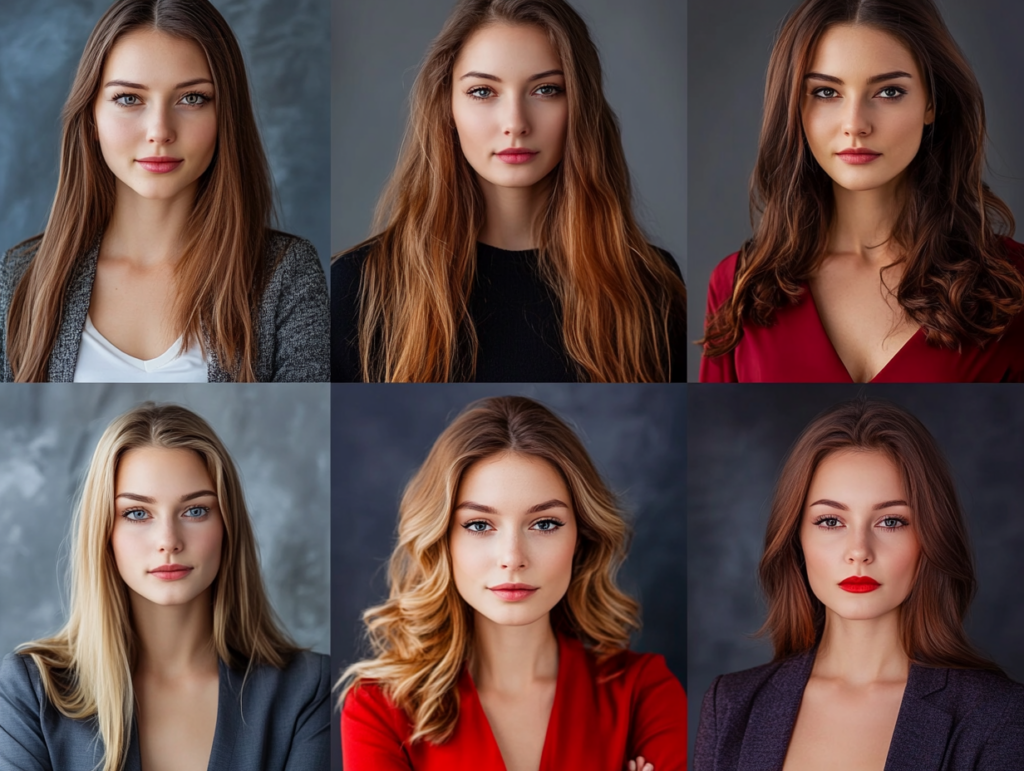
What Colors Are Best For a Headshot?
Color theory is a well-researched science! Learn more about the best colors for your industry.
However, if you are looking for the best color for a headshot, as supported by science and psychology, is typically a shade of blue. Research suggests that blue is associated with trustworthiness, confidence, and competence, making it an ideal choice for professional headshots.
Additionally, blue is a universally flattering color that complements a wide range of skin tones.
How do you stand out on LinkedIn? Wear red! Check out the grid above and see why red is a great color to stand out on social media.
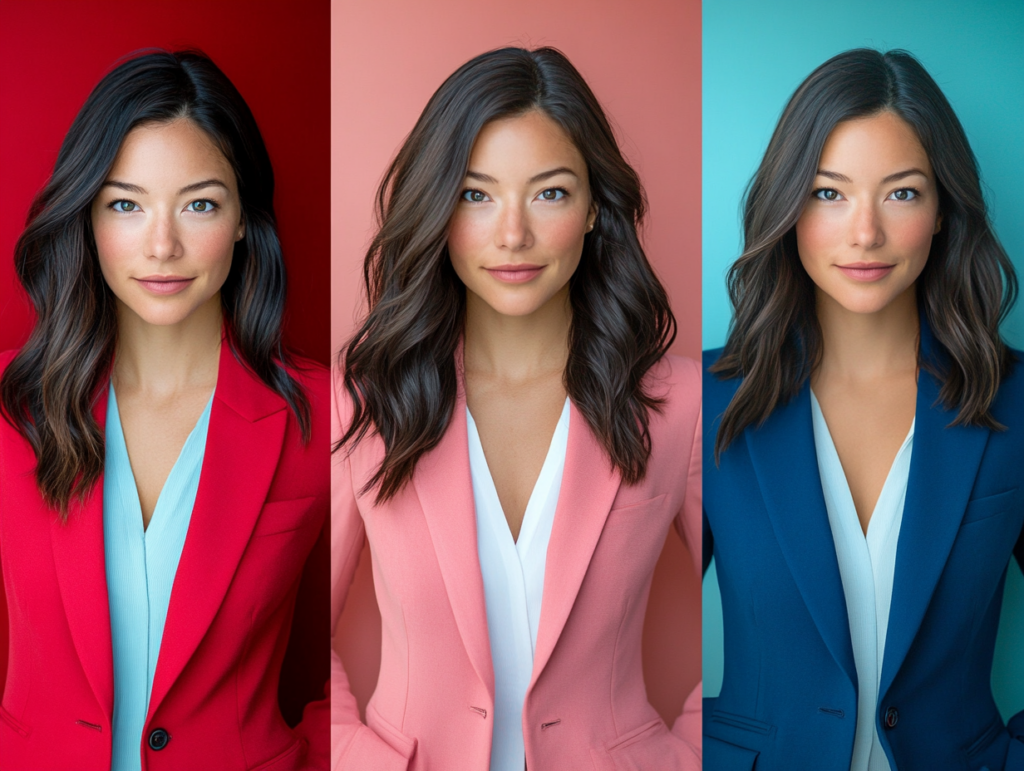
Why Do Headshots Matter?
Three days later, people can recall 65% of visual content, compared to only about 10% of written content.
That means you can dribble on for pages in your resume or online dating profile, but people are visual. We want to see you.
How Fast Do People Make a First Impression?
People start making their mind up about you within 1/10 of a second. So even if they do read your profile or resume, they have already formed an impression. That opinion is so powerful, studies show it persists even after meeting someone in person.
Don’t confuse a stellar photograph with winning beauty pageants. Online, people are looking for the same thing we want in person.
When you are looking for a financial advisor or a lawyer, you want someone competent and knowledgeable. If you are looking for a nanny or caregiver, you will look for someone kind, trustworthy and approachable.
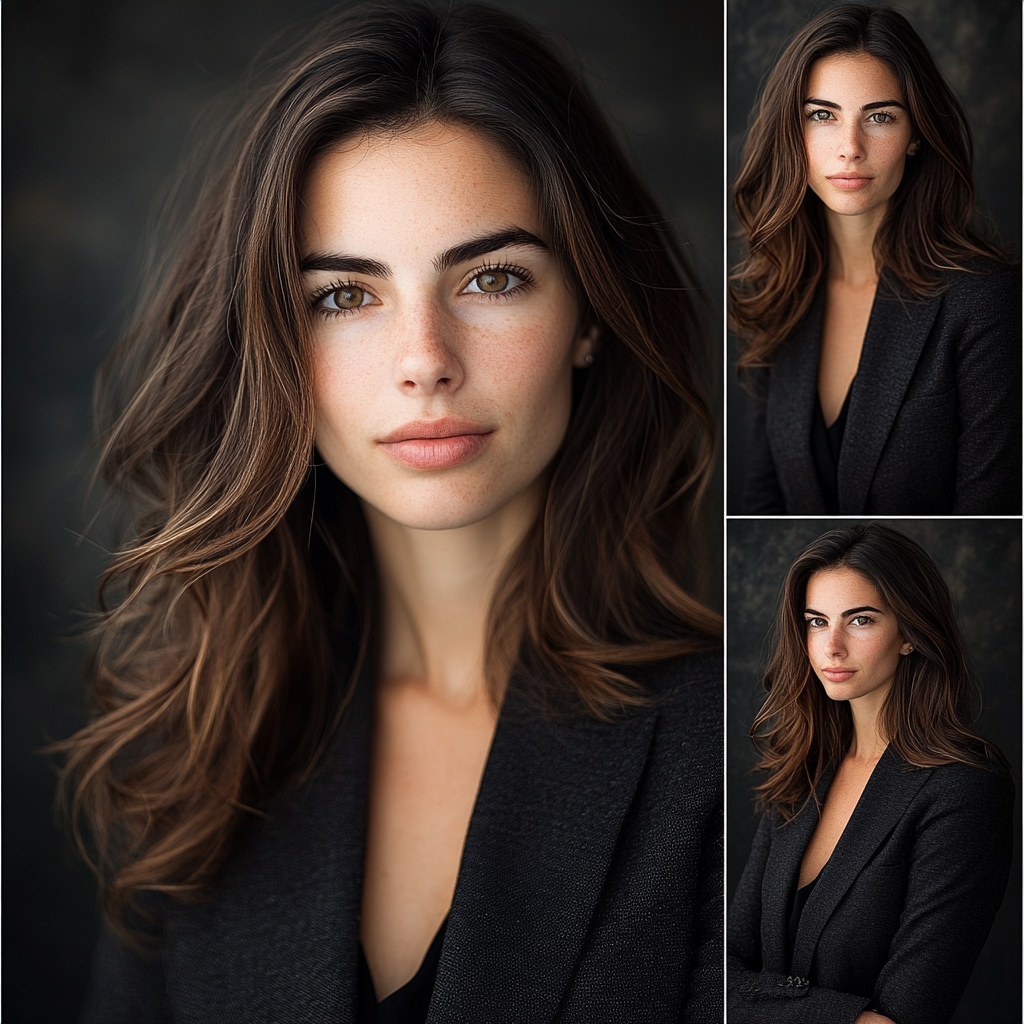
What Crop is Best For Headshots?
Headshot crops vary based on their intended use, with common types including close-up, medium, and full headshots.
A close-up crop focuses on the face, ideal for professional profiles, acting resumes, or LinkedIn, where facial expressions are key.
Medium crops include shoulders and upper torso, often used in business settings or for speaking engagements, as they convey personality and professionalism.
Full length headshots, capturing the head to waist or even full body, are suited for branding purposes, showcasing attire or context.
The choice depends on the purpose: professional networks prioritize clarity, while creative industries might demand dynamic, expressive compositions to stand out.
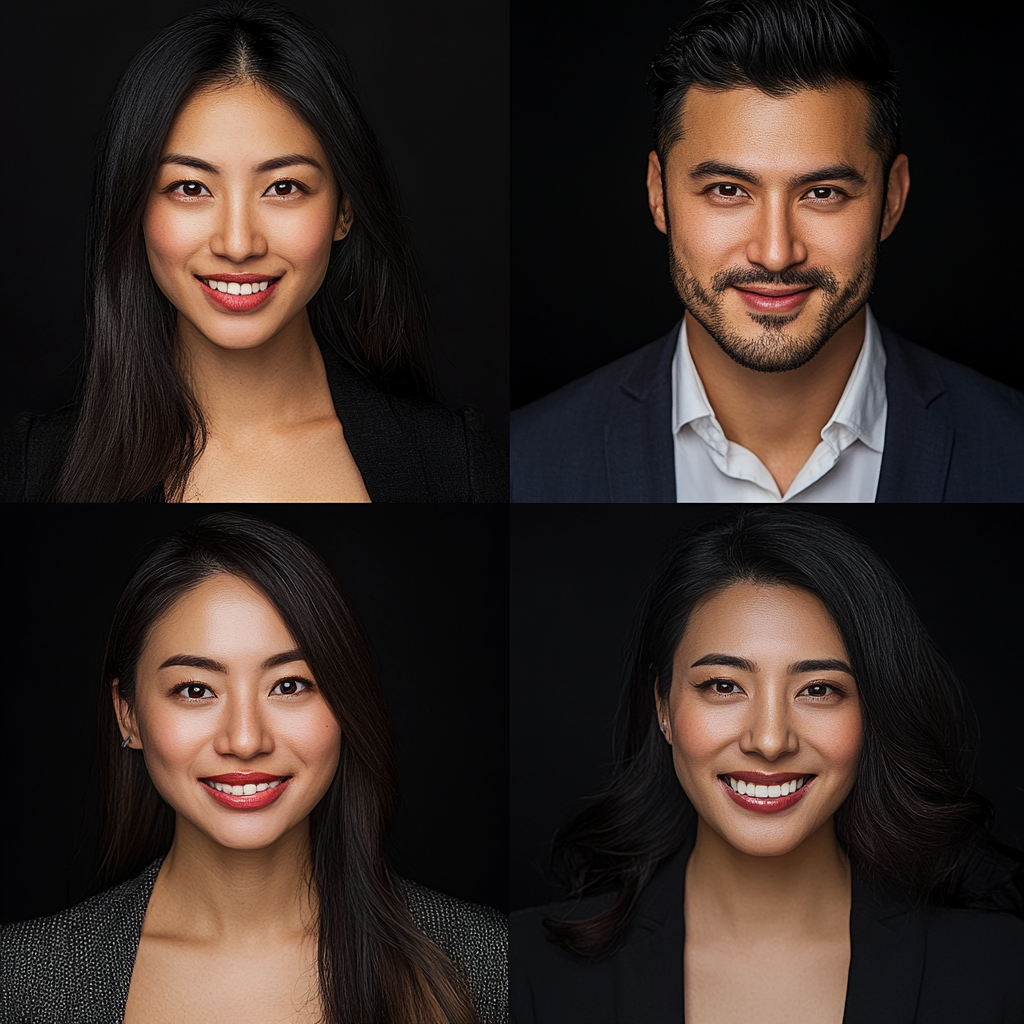
Should I smile in a headshot?
The science says yes, you should smile in your headshot.
Research indicates that smiling in headshots enhances perceptions of attractiveness, sincerity, sociability, and competence. A study published in the European Journal of Social Psychology found that individuals displaying smiles were rated higher in these traits compared to those with neutral expressions.
The authenticity of the smile also plays a crucial role. Genuine smiles, known as Duchenne smiles—which engage both the mouth and eye muscles—are perceived as more sincere and trustworthy than non-Duchenne smiles.
However, the decision to smile should consider industry norms and personal branding. In professions emphasizing approachability, such as real estate or healthcare, a smiling headshot may be advantageous. Conversely, fields like law or finance, which prioritize authority and seriousness, might benefit from a more neutral expression.
Ultimately, aligning your headshot expression with your professional context and the message you wish to convey is essential.
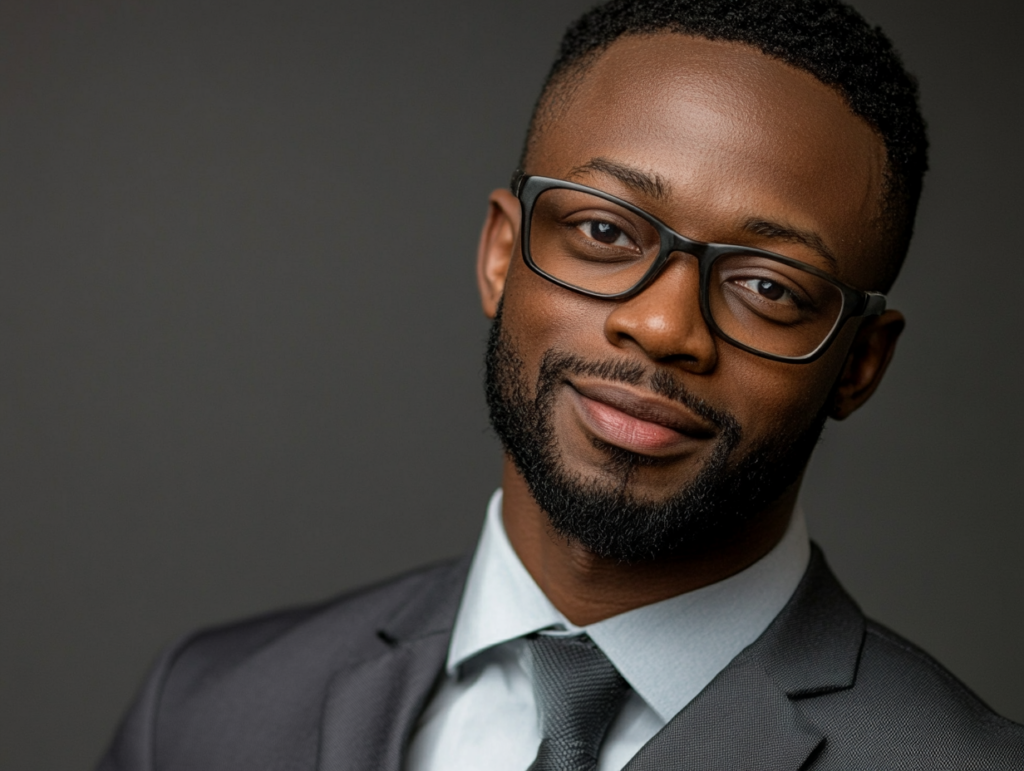
What is the Impact of a Head Tilt in an Image?
A study published in Perception found that tilting the head downward slightly makes individuals appear more dominant, while upward tilts convey submissiveness or friendliness.
The direction of the tilt also influences impression; a leftward tilt may project creativity, while a rightward tilt can signal logical thinking.
To keep a neutral impression, avoid a head tilt for a business headshot.
At Studio Newport, we help our clients through the entire process of business portraits. Learn more about our headshot sessions.
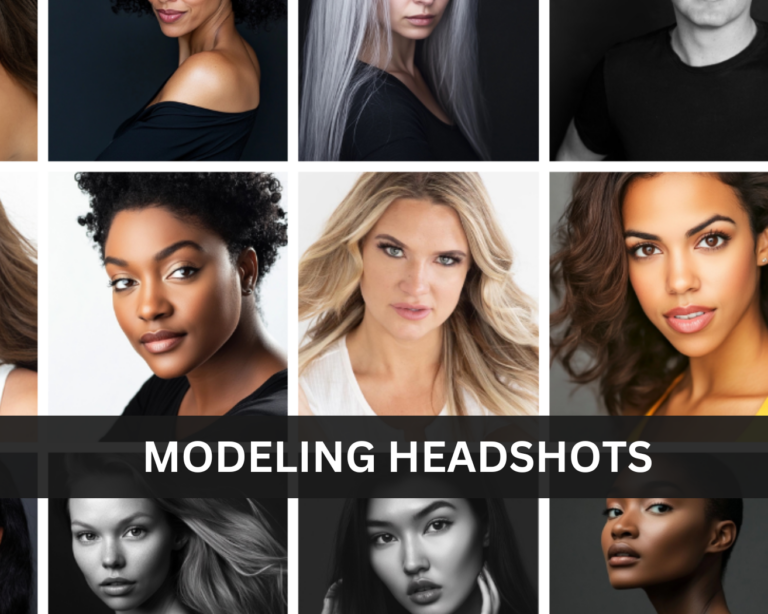
Modeling Headshot Day at Studio Newport
HALF-PRICED MODELING HEADSHOTS ONE DAY ONLY JAN. 18, 2025 Whether you’re a model, actor, or content creator, your portfolio is your
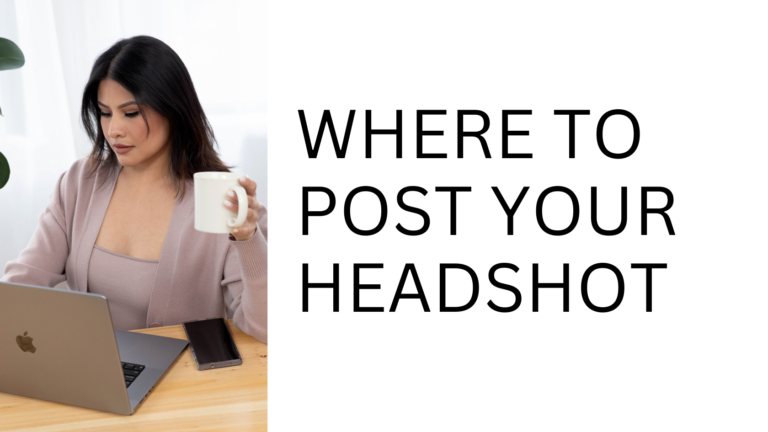
20 Social Media Platforms to Post Your Headshot
Where you spend your professional time online depends on your industry. Here are 20 social media platforms and professional sites where a well-chosen headshot can help you connect with clients and other businesses.
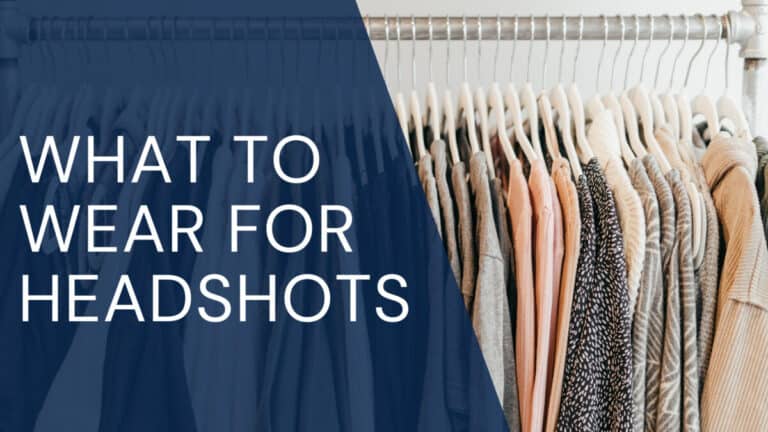
From Casual to Corporate: What to Wear for a Headshot Session
The right outfit for headshots is essential. Opt for solid colors and simple styles that enhance, not distract. A professional photographer will use their expertise in headshot photography to ensure your look aligns with your goals, helping your personality shine through in your photos.
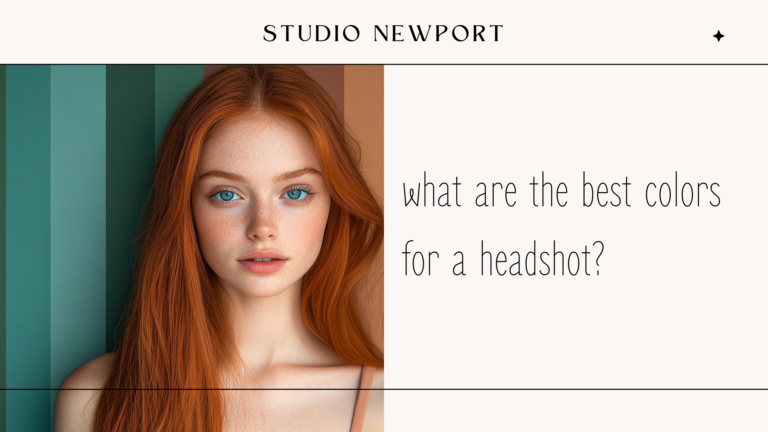
What are the Best Colors for a Headshot?
Preparing for headshot photography? Your outfit matters! Stick to classic, solid colors that complement your skin tone and avoid distracting patterns. A professional headshot photographer can help you select clothing that aligns with your personal brand, ensuring your headshot stands out and makes a lasting impression.
